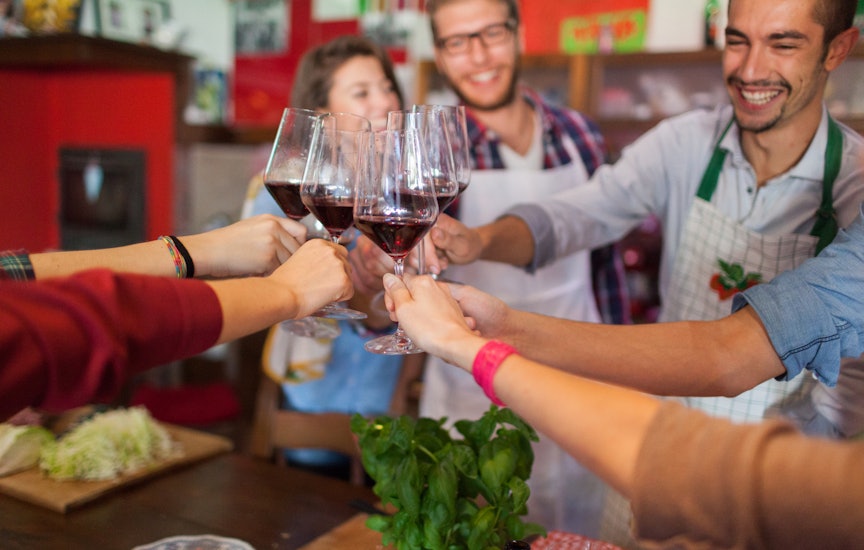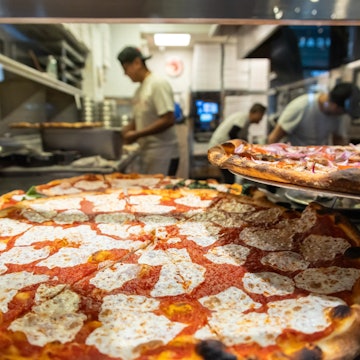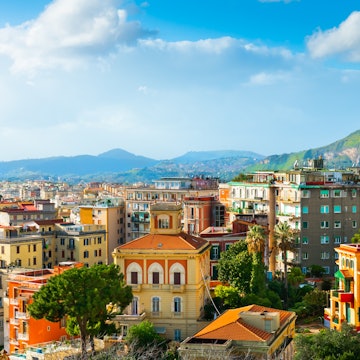
This secret Italian village has the most charming olive oil harvest

Nov 25, 2019 • 7 min read

The winding medieval streets of Pico belay the long history of this place, and its incredibly fresh olive oil and other culinary treats © Laura Watilo Blake / Lonely Planet
The night before I'm due to leave the crowds of Rome behind, I am in a room full of Italian lawyers, none of whom had ever heard of Pico – my next destination – despite it being less than an hour away by car. Granted, there are many small Italian villages dotting the boot-shaped peninsula where you can slip away from the masses and enjoy an authentic and quiet lifestyle in the countryside, dotted with olive trees and grape vines. Despite its proximity to major towns and tourist attractions, however, Italy's medieval village of Pico remains a treasure to be discovered.
Pico has yet to make a list of best small towns in Italy even though it's one of the most well preserved medieval towns in the province of Lazio. In fact, I found Pico purely by chance while playing a game of travel roulette, where you spin the globe and see where your finger lands. My version had a couple stipulations. First, it had to be in Italy; and second, it had to be on the same latitude as my hometown of Cleveland, Ohio.

When I arrive, silence greets me at dawn when I open the door of the only albergo diffuso in Pico's historic center and step into the narrow cobblestone lane with my camera slung over my shoulder. It would normally take under five minutes to reach the castle at the highest point of the Italian medieval village, but I pause frequently to take photos of arched passageways and colorful flowers growing through craggy piles of stones from buildings felled by Allied forces during World War II bombing raids.
When I finally reach the peak for which Pico gets its name, the sun is just emerging from behind the distant Apennine Mountains in the east, shedding light across Italy's Liri valley and onto the surrounding hills, which are covered with olive trees and grape vines as far as the eye can see.

"Every morning when I wake up, I can enjoy this beautiful view," says Carlo Spada, the owner of Nenà al Borgo Castello, where I'm staying. "It's something you can't feel unless you see it with your own eyes."
When Spada made the decision to leave behind a high-stress job marketing food and wine for a multinational company in Rome, he restored a building atop the 1000-year-old ancient Roman-built walls of Pico, opened it as a guesthouse and began offering culinary classes and tours of his ancestral village and the surrounding countryside. While he was born and raised in the capital city, his parents and grandparents were originally from Pico. In fact, his grandparents operated a popular guesthouse before a bombing campaign left it in ruins in 1944. By following in their footsteps, he has reconnected with his roots and now invites guests from all over the world to share in age-old rituals and recipes that have been passed down generation after generation.
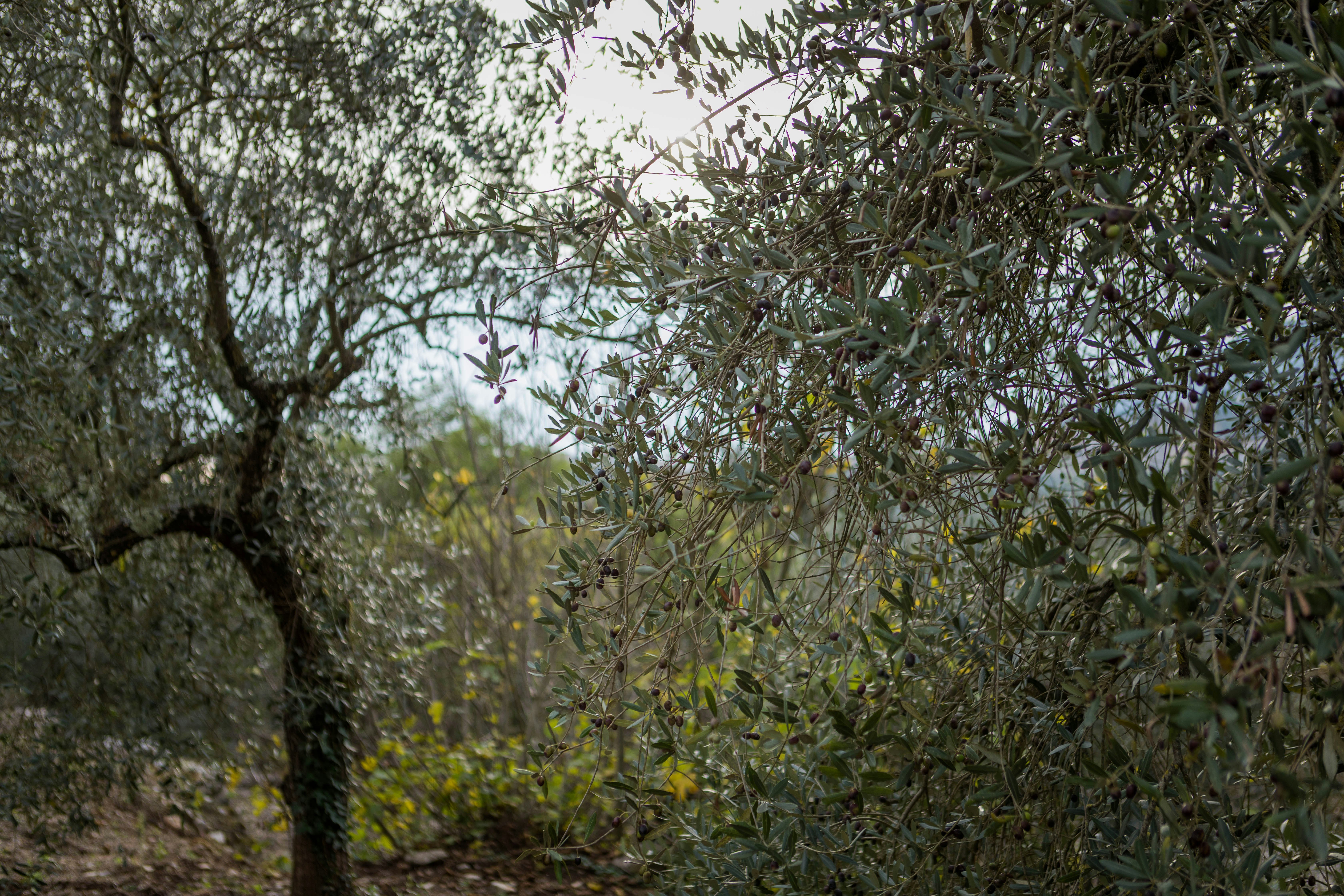
Harvesting olives in the Italian countryside
The timing of my visit couldn't have been better. After ripening under the sun throughout the summer and early autumn, it was time to harvest olives, which usually begins in October and ends by January. Across the countryside, families and friends gather in each other’s olive grove to help pluck fruit from the trees before racing to the mill, called a frantoio, to get in line for the crushing and extraction process. Every household produces its own oil for use in cooking, but also sets aside the best olives of the bunch to soak in saltwater brine for up to eight months to eat alone or "in my martini," Spada says.
"Olives are a traditional part of our lifestyle," Spada says over a breakfast that includes panzanella, a simple traditional dish made with day-old bread topped with tomatoes, basil and olive oil drizzled on top. "Olives form the basis of our healthy Mediterranean diet and have been cultivated here since the 8th century BC."
As luck would have it, Spada has a friend who needs a few extra hands to help out with the harvest during my stay. Driving down from the hilltop citadel, Spada directs us toward the nearby village of Lenola. The region may not be as famous as Tuscany when it comes to olives, but it is highly regarded for its subtle spicy flavor that comes from the Itrana varietal, a native olive revered by ancient Romans.
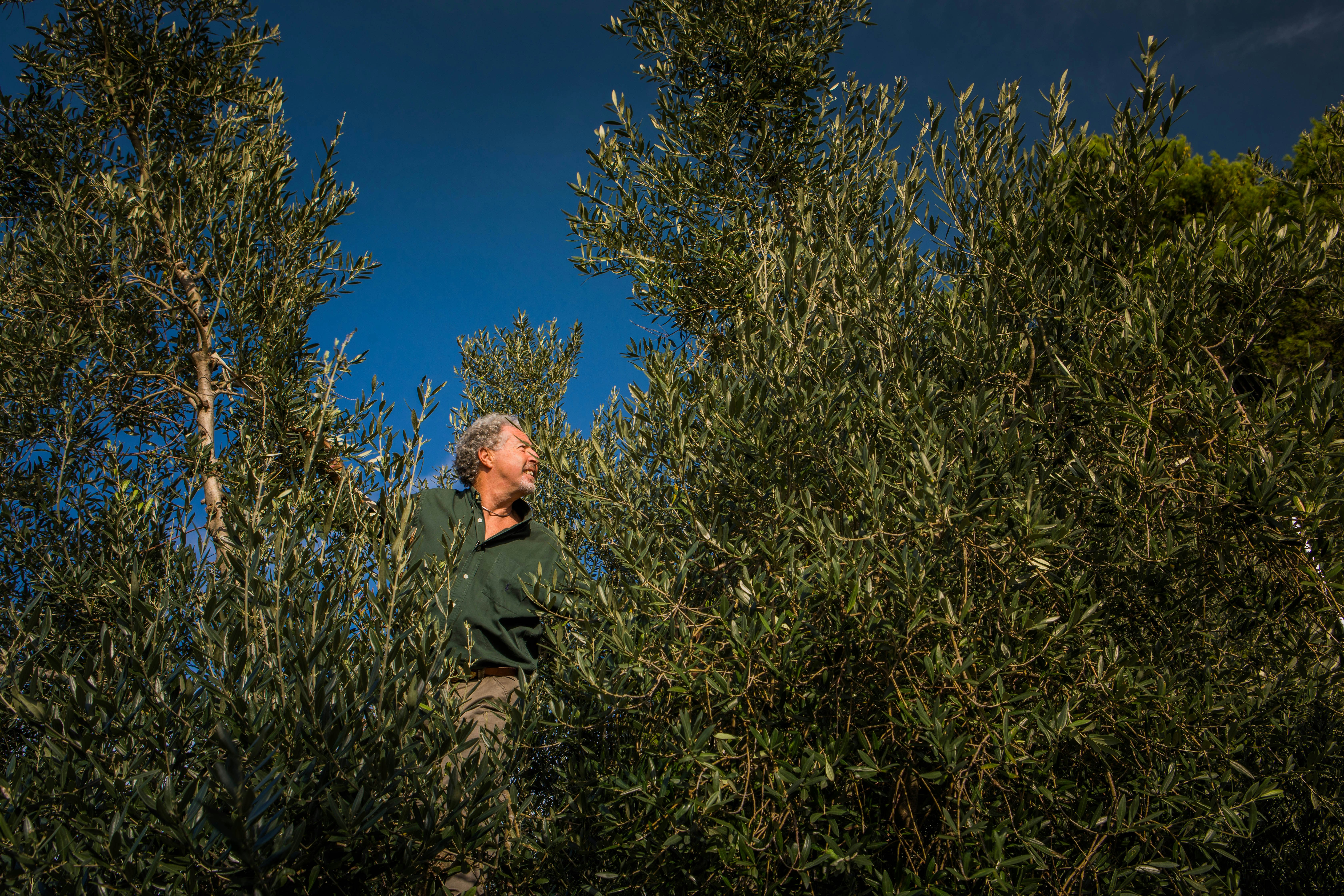
We pull up to the Hazienda Le Giardine, where owner, Giovanni Spirito, and his other helpers are almost finished for the day.
"Not only is Giovanni a good friend," Spada says introducing us to Spirito, "but he's also a well-respected expert in olive cultivation in the region. Thanks to him I've learned techniques on growing and harvesting."
A net is splayed out below the last trees to clear for the day, and two women are already at work brushing the leaves and branches with a yellow hand-held rake, similar to the way I comb the tangles out of my daughter's hair. One by one, olives begin to collect in the net. Spada prefers to use his hands and we start pulling the fruit from the stems that way. To reach some of the higher branches, Spirito flips the switch on a telescoping electric olive shaker powered by a generator.
"Normally, we start really early in the morning," explains Spada. "Then by lunch time, we sit here eating bread, cheese, and drinking a bottle of wine. This is a typical farmer's lunch and it's something that we like to do together. It's very typical and goes back to tradition."
When the job is finally complete, everyone grabs a corner of the net and gathers it up to funnel the olives into white plastic bins that are loaded into Spirito's car for the short ride to the olive mill.

What goes into a good extra-virgin olive oil
The best quality extra-virgin olive oil (EVOO) hinges on many factors, such as the maturation of the fruit, the amount of rainfall and sunshine in the season and the timing of the harvest. But it's also crucial to get it to the mill immediately because prolonged exposure of the olives to air can lead to oxidation, which impacts not only the flavor, but the beneficial properties of the oil.
Traditionally, olives were crushed with stones by hand, but the Frantoio Guglietta, overseen by Marco Guglietta, a third-generation olive producer, uses a state-of-the-art crushing and extraction system that takes about an hour from start to finish and costs 14 euro per 100 kilo of olives. The facility is loud, so most customers gather outside on the wide porch to wait while their olives are weighed, washed and crushed.
Spada and Spirito greets everyone like they are old friends – and most likely they are. The time they spend at the mill during the harvest season gives them time to catch up, compare notes about the season's crop and "talk about women," Spada laughs.

After a while, it's time to show off the fruits of their labor. "Come!" Spada says excitedly, leading us into the facility. "It's time to taste the oil."
With great anticipation, we step up to a stainless steel sink just as the first drop of Spirito's olive oil emerges from a spigot. I'm taken aback by the neon-green goodness spilling out of the tap –it's nothing like the yellowish liquid I call EVOO back home. "It's green gold," Spada says.
Spirito dips a plastic cup into the olive oil and hands it to me to try.

I'm no expert in detecting subtle nuances in wine varietals, let alone olive oil, but the color and flavor is more intense than any olive oil I've ever had – and it has ruined me for life.
As a guest of Nenà al Borgo Castello, Spada can arrange a visit to the frantoio and its gift shop, not to mention other culinary excursions in the region. He also offers cooking classes out of his kitchen, set in an ancient Roman vault with arched ceilings, stone walls and original hardware. Whether or not you take part in the extras, you will enjoy simple Italian meals prepared fresh daily using recipes handed down through the ages.






